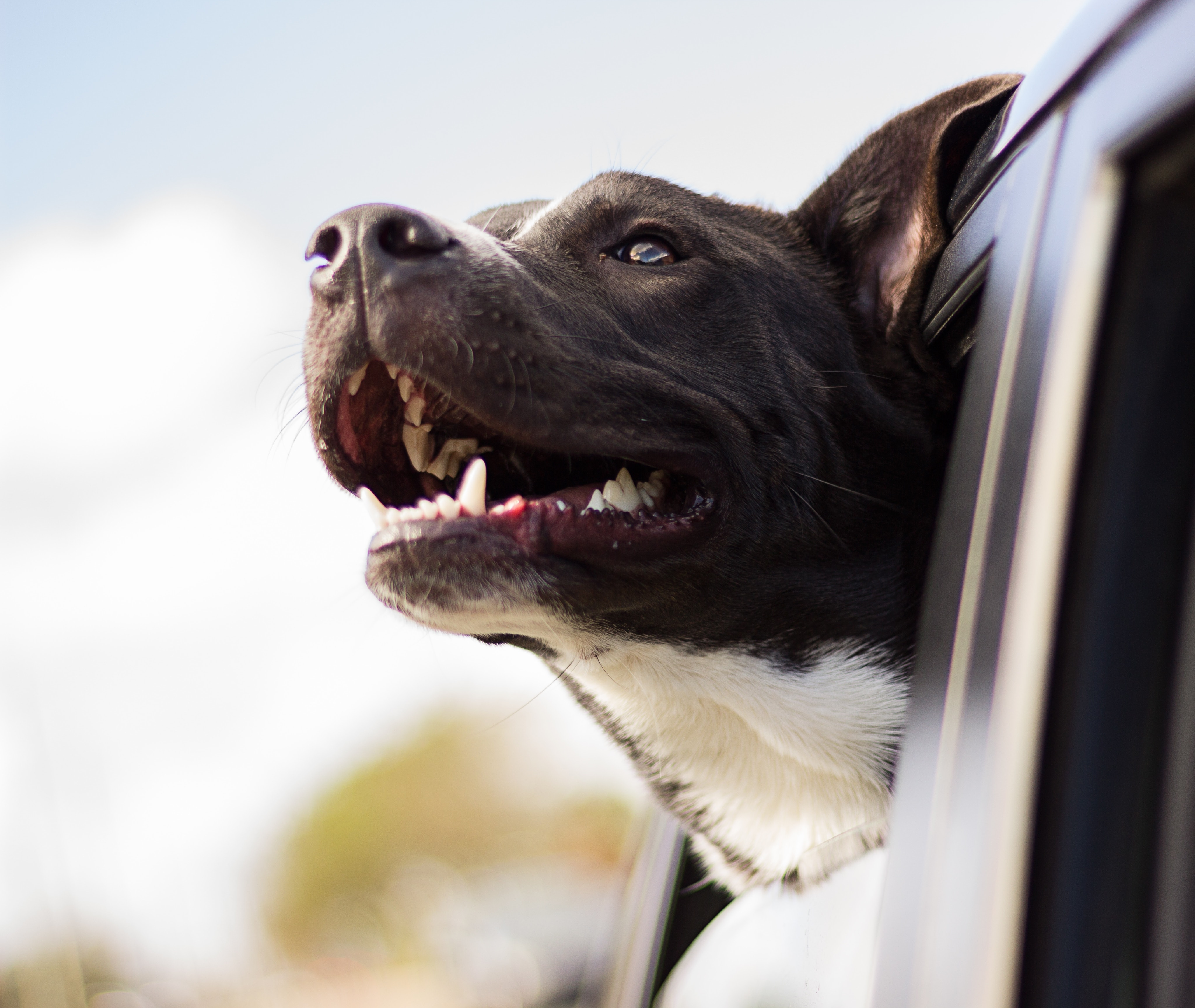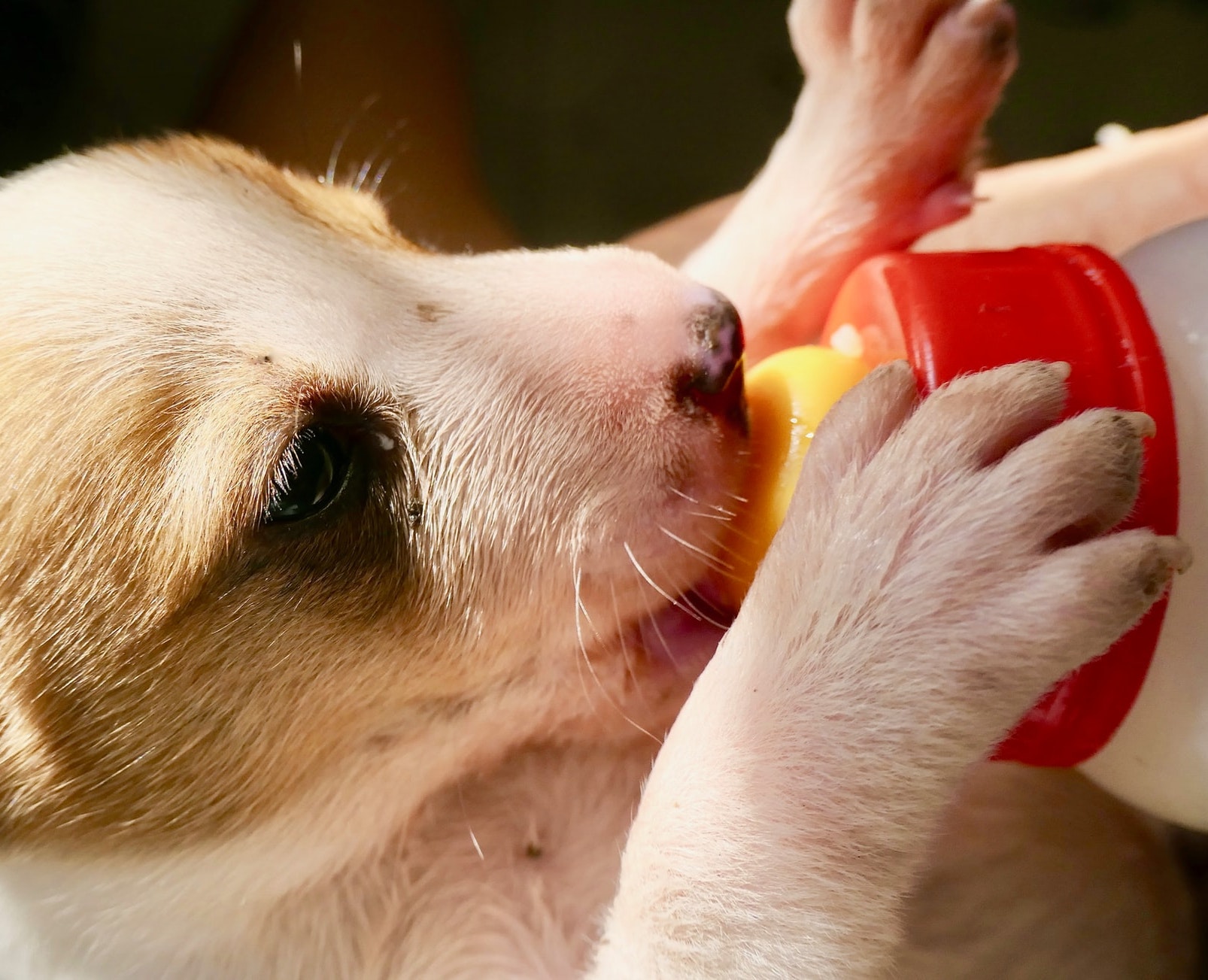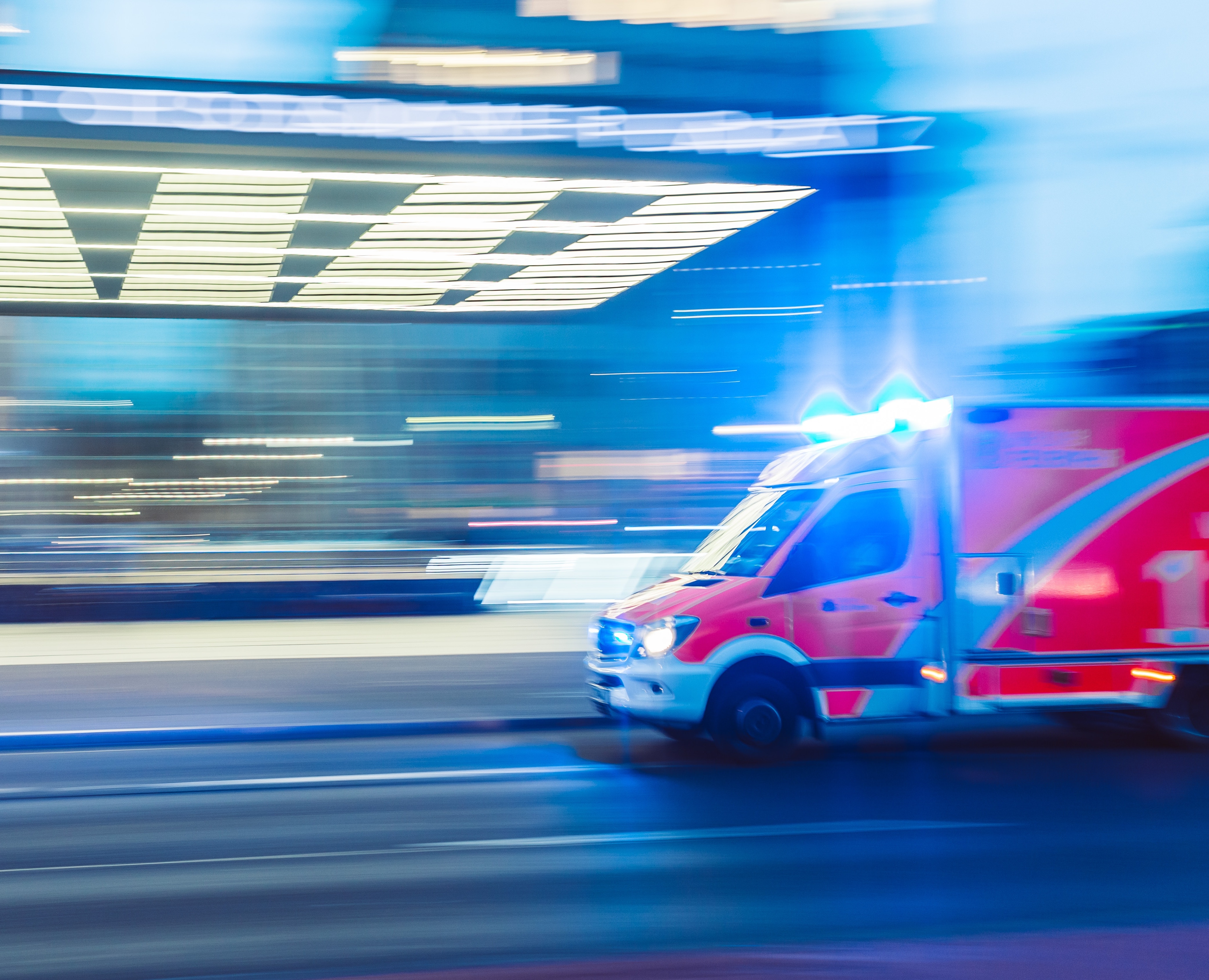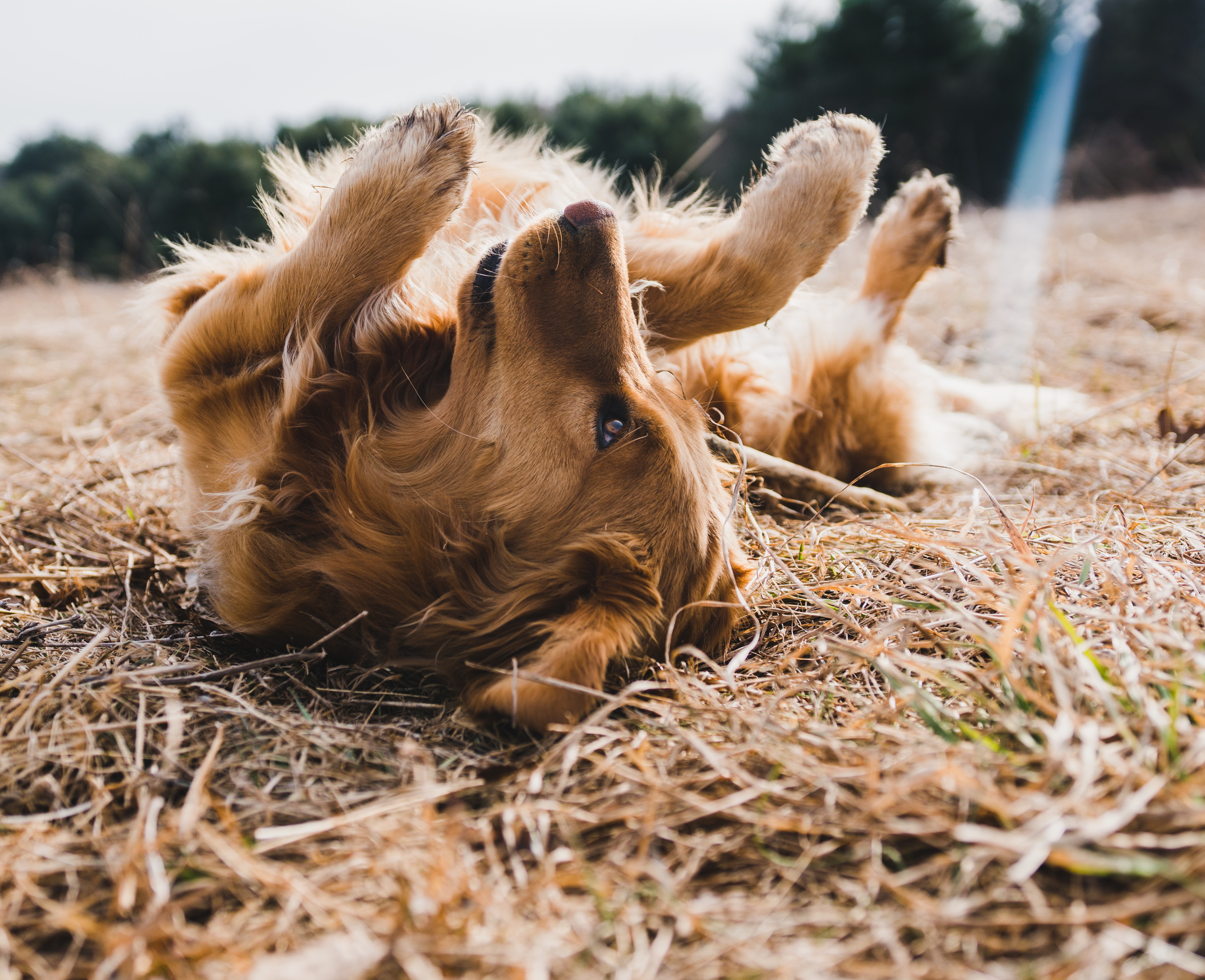Dogs are the best pets ever. However, they are the most curious. Training your dog about the food to eat, places to go and where to stay does not necessarily mean that they will not try something bizarre. Without sheer vigilance, your pet is always at risk of accidents, poisoning, stings and bites, burns and sticks.
Easier said than done; prevention is better than cure. Dogs are not like human beings. They cannot utter a single word. Without the physical cues, you may end up losing your favorite pet through an untimely death. Having knowledge of first aid not only helps in saving the life of the furry pet but also in reducing the recovery time before accessing veterinary services.
Basic components of the first aid kit
Apart from knowing your dog, few things play vital roles when it comes to administering efficient first aid. And, as it is the case with most emergencies, there are basic items that you need to walk within your first aid kit. These include the bandages, surgical tapes, blunt-ended scissors, cotton wool, sterile absorbent gauze, non-adhesive absorbent dressing, an Elizabethan collar and thick towel. These items cut across in most of the first aid emergencies. Otherwise, the dog's health condition should guide you on the item to use.
Whether the first aid works or not, depends solely on how you carry yourself.
When to administer the first aid
You will always be at a crossroads when it comes to whether to call the vet first or do the first aid singlehandedly. Your first reaction matters a lot. However, it is very necessary to control your whirling thoughts and decide on how to go about the two extremes. You see, the time taken calling a vet can mean a lot when it comes to saving the life of a seriously injured dog. Your pet needs immediate attention when;
- Experiencing difficulties in coordination movement
- Having breathing difficulties and drooling
- The pet collapses
- It has a cloudy, red or dry eyes
- Excessively pants, sneezes or coughs
- It bleeds or shows signs of burns

How to carry yourself during the emergency
Whether the first aid works or not, depends solely on how you carry yourself. At home, chances are high that you may be caught unaware and single-handed. When exposed to an emergency, it is good to:
- Keep calm and remain courageous—this helps in fully accessing the situation and avoiding any insecurity
- Talk and pet the dog to keep its warmth—do not touch the wounds or broken limps first since this may cause the dog to become chaotic
- Call the vet, inform them of the situation at hand and ask for the way forward
- Choose the most appropriate method of transport for intensified emergencies
- Reach out for the veterinary services as fast as possible
First-aid tips for home-based emergencies
Once you are sure that the dog will not harm you, you can now go the extra mile to administer first aid on the dog’s body. Here are some of the common home-based emergency first aid tips.
Burns
Burns feature visible signs; either scalded patch, intact fur, painful lesions, pain and reddening of the skin and blistering. In dogs, burns can result from heat, chemicals, boiling liquids and fire. Devoid of the grade, it is always advisable to seek the veterinary services for burns immediately
- Restrain the dog to avoid any movement
- Speaks to the dog in a reassuring tone
- Wash the burnt place with soap and water (for chemical burns) and Ice pack or cold water for heat burns. It is advisable not to apply ointments or butter since they undermine the healing process
- Wrap the burnt place using either rags or any other soft material and tie a tape around the dressing to keep the materials in place
- Call the vet or transport the dog to the vet hospital
Choking
Choking results from swallowing anything bigger than the tracheal opening. In the home setting, choking hazards include rawhide and toys; balls, sticks and bones in the meal.
- Talk to the dog in a reassuring tone
- Open the dog's mouth using both hands—one hand on the upper jaw while the other hand on the lower jaw
- With tender caution, grasp the dog's jaw and press its lips against the dog's teeth. Maintain the lips in between your fingers and the dog’s teeth
- Position your eyes and look for any object inside the dog's mouth. Once you spot anything, sweep it with one of the fingers across the surface of the mouth
- Ask for the vet services when the object is tightly stuck inside the mouth or when the object is deep inside the throat.
Penetrating objects
Sometimes, the furry pet may come home with a piece of glass, thorn or any other thing that is foreign to the body. Do not panic:
- Speak and sooth the dog in a reassuring tone
- Do not remove the object yet since it may lead to bleeding
- Check if the object lurks deep to the chest. If not, use a razor to cut down a thin shit around the affected part, pull out the object and dress the place well
- If the object lurks deep in the dog’s body, wrap the place tightly and call for vet services
Wounds
The most popular wounds result from pictures and fight wounds. Just like the burns, wounds are easily visible. Upon seeing any wound on the dog’s body:
- Immediately call for veterinary services since wounds are hazards for deep infections that can result.
- Cautiously control the bleeding in severe attacks
- Wrap the pet with a warm blanket
- Do not touch the wounds or give the pet a human drug
Fracturing or broken bone
Fracturing in dogs can be as a result of falling or hitting. You can know that your dog is fractured when it desists to walk or limps. Once you see the visual cues:
- Muzzle the dog to an appropriate position
- Assess the dog and determine the broken part
- Ask for the veterinary services
- Where the bone sticks out, wrap the place carefully without causing much pain to the pet
Resuscitation
>Resuscitation results mostly from cardiac arrests. It is a complicated condition that requires either cardiac massage or artificial respiration. If your dog is still breathing, immediately call for the vet services as fast as possible lest you lose the dog.
First aid for the dog can be the only way to retaining the furry buddy with you. Therefore, it should be done most modestly and professionally. Otherwise, due to the fierceness of dogs when pained, it is advisable to engage the psychology of the pet to avoid any bite. Otherwise, in the home setting, always rope help from friends or close neighbours.






